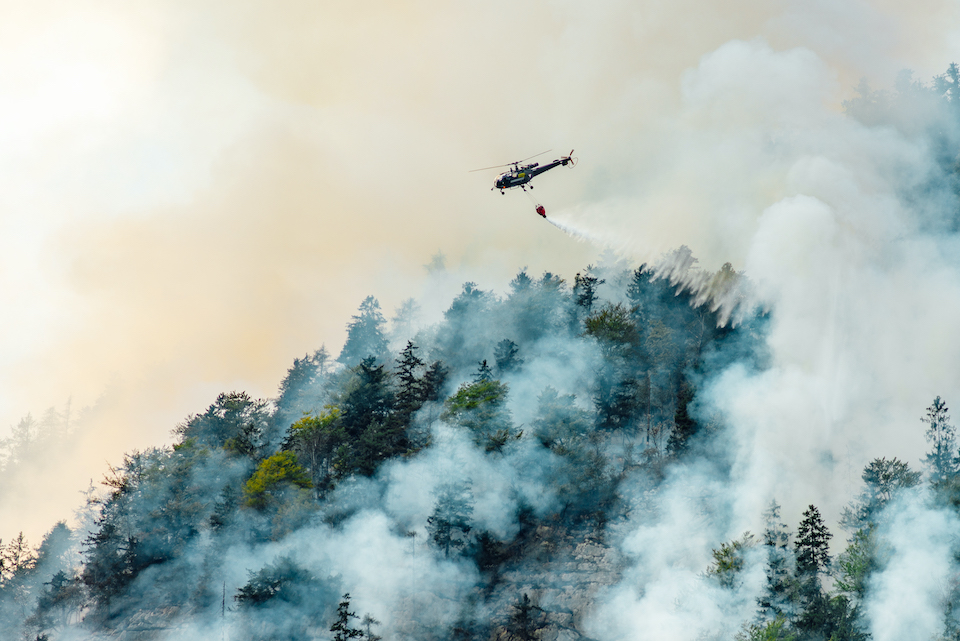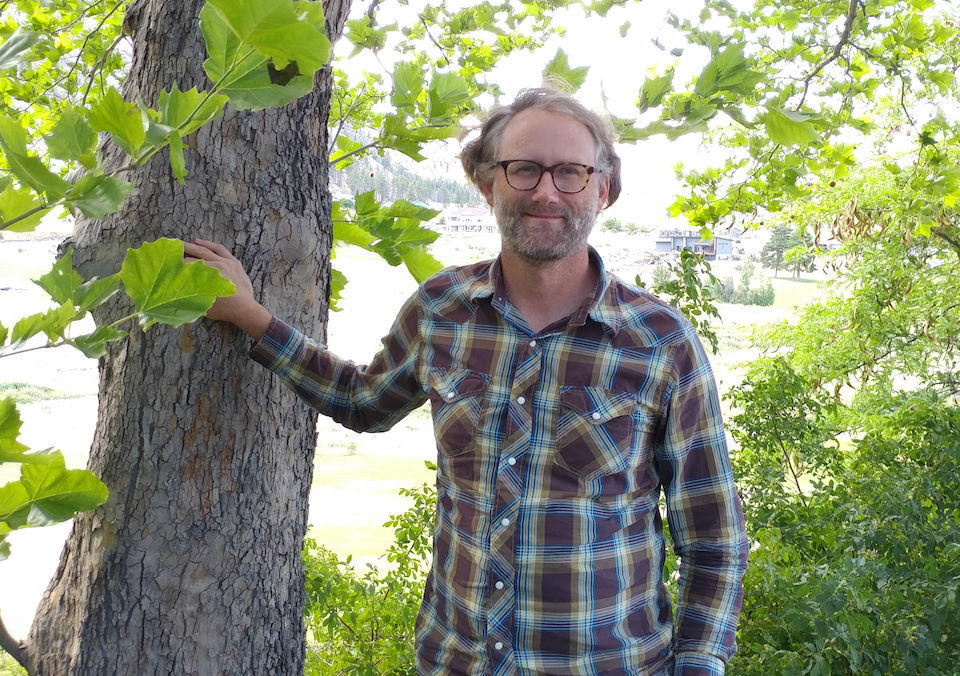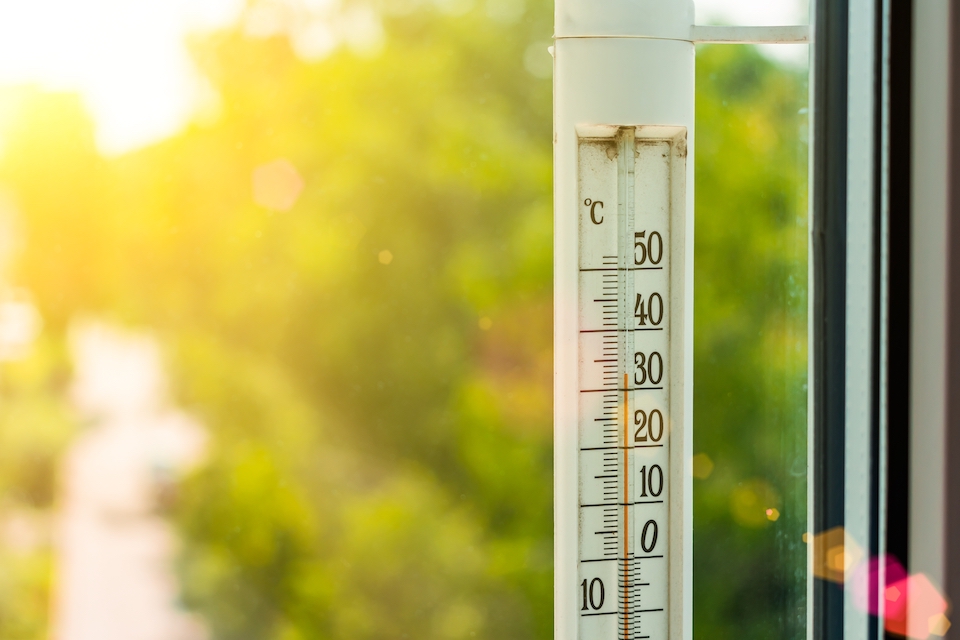Expert Q&A on Western Canada heat wave and climate change

The record-breaking heat wave in June across parts of Canada and the United States would have been “virtually impossible” without the influence of human-caused climate change, according to a new analysis by an international team of leading climate scientists. Climate change, caused by greenhouse gas emissions (GHGs), made the heat wave at least 150 times more likely to happen, the scientists found.
The study was conducted by 27 researchers as part of the World Weather Attribution group, including scientists from universities and meteorological agencies in Canada, the US, Germany, the Netherlands, Switzerland, France and the United Kingdom.
Co-author and climatologist Faron Anslow of the Pacific Climate Impacts Consortium at the University of Victoria described the results as a shocking, wake-up call.

Q. Why did the analysis surprise you?
This phenomenal event shattered previous heat records in BC and Canada and demanded immediate attention. Our analysis questions whether the event is simply an extremely rare occurrence or if it represents some step-change in how the climate system is reacting to increases in greenhouse gas concentrations.
Q. What is the main takeaway from the team’s analysis?
Our analysis showed the recent heatwave was virtually impossible without the influence of climate change. Climate change also made the heatwave at least 150 times more likely to happen.
Q. How do you know this? Tell us more about your attribution study.
Every heat wave occurring today is made more likely and more intense by climate change. We analyzed the observations and computer simulations to compare the climate as it is today, after about 1.2C of global warming since the late 1800s, with the climate of the past, following peer-reviewed methods.
We learned that in the present climate, the event was something that could have been expected once out of every 1,000 years. In the future we may see events like this once every five to 10 years. The results are preliminary and will change slightly, but the evidence is overwhelming that climate change is in play and has given us a stark reminder of what those impacts truly are.
Q. What do you mean by the human links to climate change?
Human activities impact the climate system in numerous ways. Most are familiar with the GHGs like CO2, methane and so-called halocarbons among others. All of these gasses trap heat in the atmosphere near the Earth’s surface. Some gasses have a cooling effect such as sulphur dioxide aerosols—but in balance these emissions lead to heating. Other impacts have to do with the Earth itself. Land use change such as deforestation or even conversion of land from forest to cropland also play a role. Additional impacts come from the production of fine particles in the atmosphere that may reflect or absorb the sun’s energy.
There are non-human drivers of climate change as well. Cyclical changes in Earth’s orbit, long term variability in energy coming from the sun and volcanic eruptions are all major components. Unfortunately, human drivers are outweighing the natural drivers by a large amount.
Q. Can society dispute human-caused climate change?
At this point, the evidence is pretty much indisputable especially for temperature changes and extreme temperature events. Scientists don’t like to say anything with absolute certainty, but the vast evidence aligns with climate change as being a result of human activities. There remains a lot of work to understand how weather patterns, rainstorms and even sea level rise will evolve specifically—this event highlights that need—but we are virtually certain that the changes that are happening in these components are driven by human activity.
Q. What can we expect for future heat waves?
In short, hotter and more often. The event took us by surprise in that temperatures exceeded what we expected to see 40 to 60 years from now. That tells us that the event was extremely rare in any climatic setting. But we also know that when those 40 to 60 years pass, we will see events like this much more often and the extremely rare events will be even hotter. At present, the hottest temperatures over land are increasing faster than the average current temperatures.

Q. Given this context, how important is it to find climate solutions?
This event really highlights how seriously we need to take heat events. They are one of the biggest and most regular causes of mortality, yet they are fairly forecastable. We knew ahead of time that this was going to be a hot one, yet we were still caught unprepared in terms of mitigating human impact. Our emergency services were overwhelmed, there weren’t enough cooling facilities and hundreds are known to have died of heat related illness. These events also strike the most vulnerable—older populations and the unhoused. We need to do more for them.
Q. Can you elaborate on climate adaptation and mitigation?
A risk is that society tends to respond to an event. Because of its rarity, after some years pass and no heat waves occur, the funding is removed—just in time for the next heat wave to catch us unprepared. In my opinion, to the extent possible, adaptations to both long-term climate warming and extreme events should be developed, put in place and maintained as insurance that will pay off when future events occur.
On mitigation, we need to emphasize while the economic costs of changing our GHGs are very large, the costs of doing nothing are much, much larger and longer lasting. Importantly, ways to bring about transition will come with plenty of opportunity for positive change in society.
-- 30 --
Photos
Media contacts
Faron Anslow (Pacific Climate Impacts Consortium) at fanslow@uvic.ca
Jennifer Kwan (University Communications and Marketing) at 250-721-7641 or uvicnews@uvic.ca

